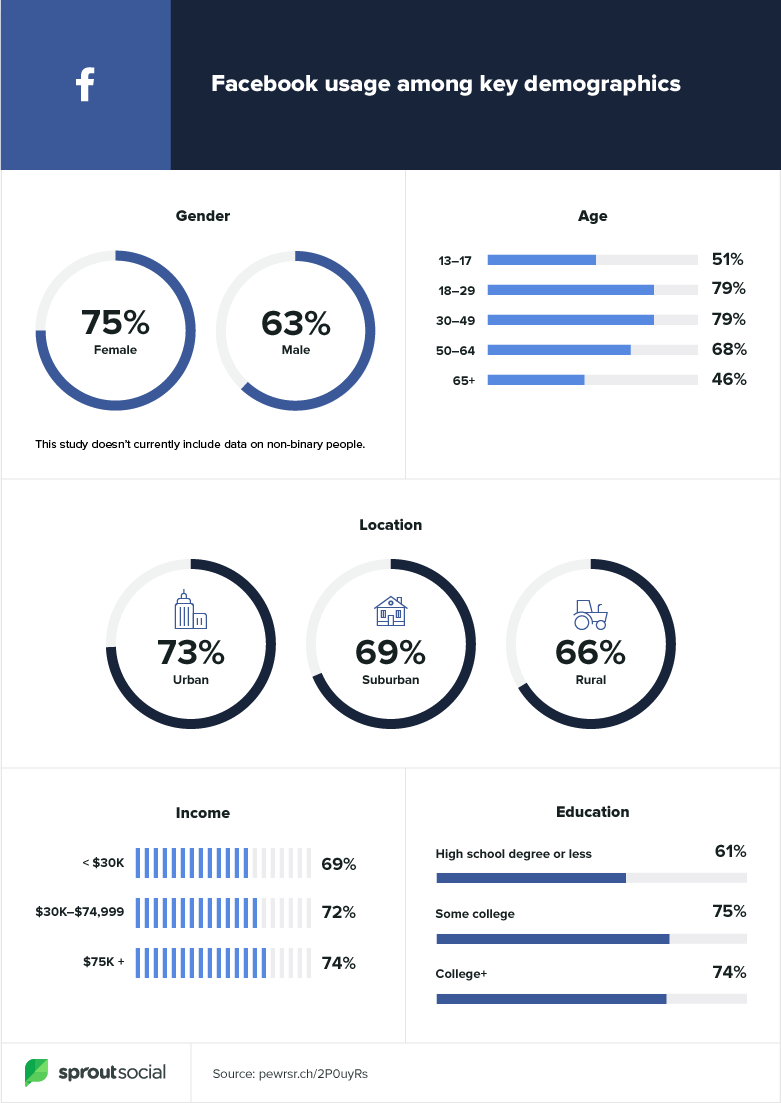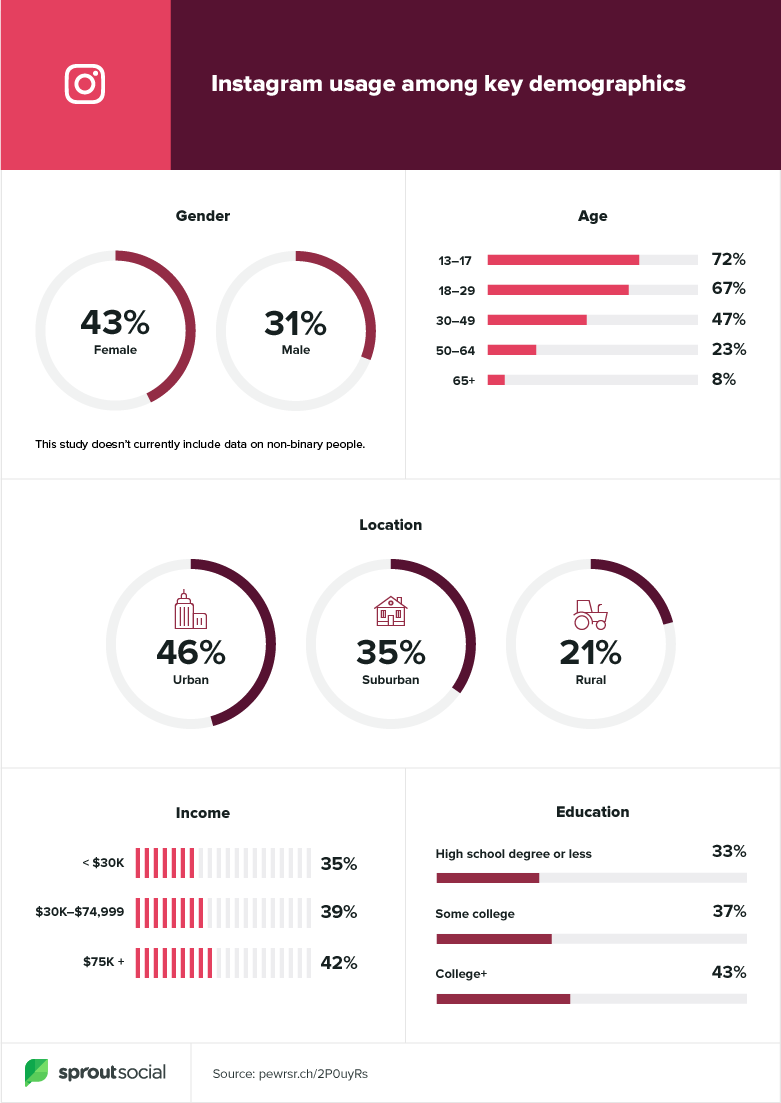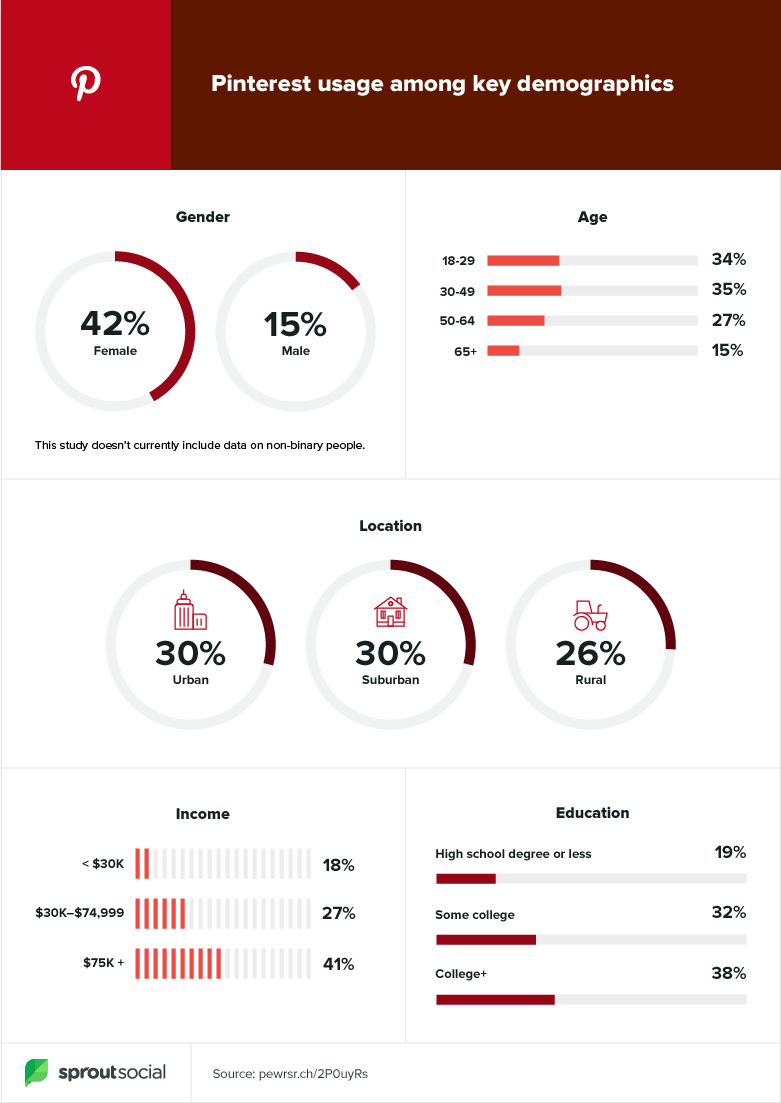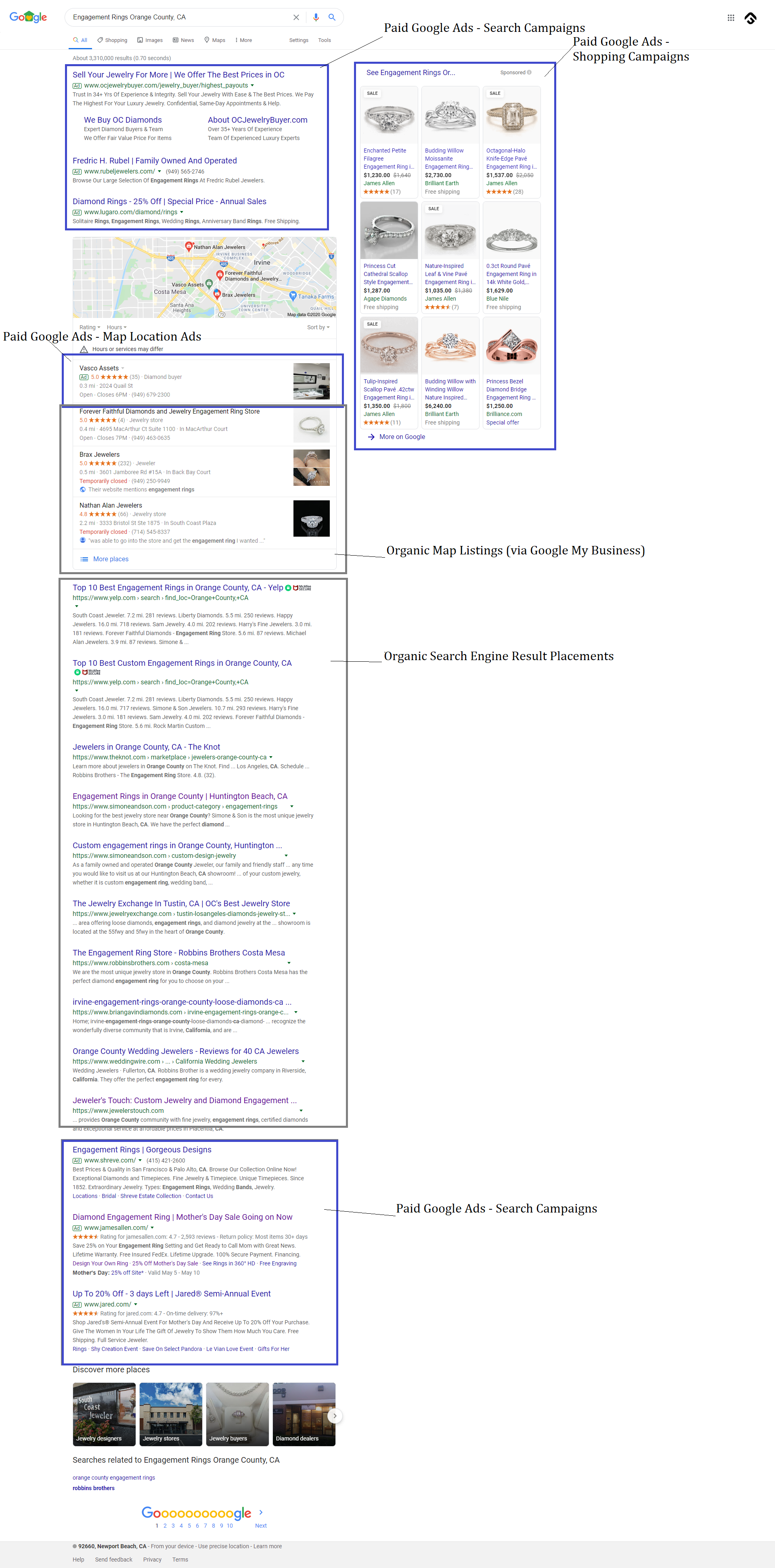
As most of the country is waiting for businesses to open back up again, consumers are actively buying online or at least actively sitting at home doing research online. Jewelry store business owners need to understand consumer behavior in order to make educated decisions on the most important digital marketing tools to use in these times in order to sustain and ultimately, bounce back from being closed for business.
I encourage us all to take a step back and think about the way we shop for luxury goods. How do your purchases usually start? Do you usually just wake up and decide to walk into a store when buying a new luxury item? Nowadays, unless you have a retailer you've bought from before that you already trust, you're most likely looking online for information first in order to make the best decision on what to purchase. Guess what? So are your customers.
So how do we use this information to position your jewelry store in a way that gets you in front of consumers that are researching online? Let's first think about a few important factors to consider:
- Where does the research process take place?
- Where do your ideal customers spend most of their time online?
- What are the factors consumers consider when deciding on what to purchase?
- What does the "buyer's journey" look like?
Let's break these down.
Where the Research Process Takes Place
According to a report from Fleishman-Hillard, 89% of consumers turn to Google, Bing or another search engine to find information on products, services or businesses prior to making purchases. It's important to consider this factor when determining where to spend your effort when attracting consumers early on in their buyer's journey (as well as later, but we'll get to that). One obvious takeaway from this statistic is that if consumers are starting their research on a search engine, it's important for them to land on your website. Is your website the most prominent or obvious choice for a consumer to click on?
Another important factor you should consider is that according to Moz, the first page of Google captures 71% of search traffic clicks and has been reported to be as high as 92% in recent years. Second-page results are far from a close second coming in at below 6% of all website clicks. Finally, 68% of all website traffic on average comes from search engine traffic. This means that it is more beneficial for websites to focus on getting traffic from search engines than other traffic sources such as social media, email, display and others. All of these factors are big reason why we at GemFind are so adamant about focusing on prominent search engine ranking for jewelry store websites.
All that being said, we do have to understand that the younger generation is shifting their behavior. According to a recent survey of 300 consumers by HubSpot, in fact, 16 to 24-year-olds already conduct product research more on social media than on search engines. This may not be your demographic now, but keep in mind that when they are of age to start getting married, this is going to be an important factor for the future of your marketing strategy.
Where Your Ideal Customers Spend Their Time Online
Without understanding where your ideal customers spend their time, how are you going to tap into that market? In a broad sense, social networking represents the greatest online use, followed by internet searches, reading content, communicating via email and other channels, visiting multimedia sites, and shopping online.
The most popular activities undertaken online include emailing, searching for health and medical information (aka “Dr Google”), searching maps and directions, checking weather forecasts, reading news, participating in hobbies, and purchasing products, as well as engaging with others personally and for business via social media.
To dig a little more into social media, for those who do use Facebook, 74% visit the site at least once a day. In terms of daily usage, this number is higher than Instagram’s and Snapchat’s own daily users.
While Instagram continues to rise in popularity, its daily login is still second to Facebook. Sixty-three percent of Instagram users login at least daily while 74% of Facebook users login at least daily. These two patterns have been relatively unchanged since 2018.
To break it down further, we can't explain demographics any better than these great info-graphics from Sprout Social:



To summarize, after analyzing this data, although the younger demographic spends more time on Instagram, Facebook still wins on usage and there are more users that fall into a higher income bracket.
Factors for Purchasing Decisions
As you may have gathered by now, we are digging into not only consumer behavior, but also psychology because without understanding what makes consumers purchase, winning them over will be nothing more than a coin-toss. Are we over-thinking this? Not if you ask us because you can't effectively market to your ideal customers without understanding what makes them buy from you. There are many factors that drive purchasing decisions, but here are some of the most important to consider:
- The top factor for driving purchasing decision is product quality
- The most important online store features driving purchasing decision is competitive pricing.
- 62% of online shoppers research big-ticket items in-store before buying online.
- 54% of shoppers are smartphone owners, and 76% of smartphone owners use them while shopping.
- 81% say posts from their friends directly influenced their purchasing decision.
- 30% are most likely to respond to brand offers when they have been reposted by a friend.
- 44% of people are most likely to engage with branded content that contains pictures; video content is close behind at 40%.
Source: HubSpot
Here is an info-graphic Bigcommerce has compiled to illustrate purchase decision factors:

The "Buyer's Journey"
The buyer's journey is the process buyers go through to become aware of, consider and evaluate, and decide to purchase a new product or service.
The journey consists of a three-step process:
- Awareness Stage: The buyer realizes they have a problem.
- Consideration Stage: The buyer defines their problem and researches options to solve it.
- Decision Stage: The buyer chooses a solution.
This journey is important to understand the process your potential customers go through so you can accommodate them better and ultimately win them over early on in their journey, before your competitors do.
The Digital Marketing Tools to Use
Now that we understand a little more about how customers shop, now we can make educated decisions on the most effective digital marketing tools for Jewelry Stores to utilize. Based on our experience and considering the factors outlined above, we consider the following the most important strategies to follow and we'll point out the best tools that represent each of these strategies.
- Inbound Marketing
- Search Engine Marketing
- Social Media Marketing
- Email Marketing
- Review Generation
Inbound Marketing
The term Inbound Marketing, coined by HubSpot's founder, Brian Halligan in 2008 is defined here according to HubSpot: "Inbound marketing is a business methodology that attracts customers by creating valuable content and experiences tailored to them. While outbound marketing interrupts your audience with content they don’t want, inbound marketing forms connections they’re looking for and solves problems they already have."
Although this methodology has been used in different industries for more than a decade, when I mention this term to Jewelry Store business owners, their eyes cross. The good news is that we're here to change that. But you may be thinking to yourself, "how can this even apply to my Jewelry Store?". To keep it simple at first, think about the most common questions or pain points you hear from your customers. Are they having trouble picking the right diamond? Are they unsure of what type of engagement ring to buy? Do they not know how to budget for their engagement ring and wedding band? Maybe it's something basic or very granular but you hear it time and time again. I'm sure several things are running through your head right now, but what good is it doing you by keeping it a secret? This could be the perfect content to start creating for potential customers.
What Type of Content to Create
Now that you have topics for content to create, you might be asking, now what type of content do I create and how do I use this for my benefit? The simplest way to start creating content is by writing blogs. Almost all websites come with a blog feature these days and blogging can increase your lead generation by 67%. Why do you ask? A few reasons; one, you will start being seen as a thought leader to your readers and two, you are now offering valuable content to your customers early on in their buyer's journey and it may address their paint points. By doing that, they are now considering you a helpful resource in their buying process and are likely going to consider your business over a competitors business that is not helping them. Finally, the benefit by osmosis that can be important for days, months or even years to come is the role blogs play in improving your search engine presence.
Another medium for delivering this content would be compiling valuable information and incorporating it into a downloadable e-book. E-Books are typically pdf files and can be easily created with any word processing software. If you'd like to take it to the next level, use a design resource online to make a nice cover page and some branding for you.
Once you create an E-Book, you can advertise it on social media channels as well as on your website.
To make it even more bullet-proof, connect the download to an email opt-in by building a landing page with a form connected to your email system. This way, when a visitor downloads, they now get entered into your email list for further customer development and nurturing.
Recommended Inbound Marketing Tools:
- HubSpot (For enterprise businesses) or ActiveCampaign (For small to mid-size businesses). These tools allow you to create automated email workflows so when someone opts into your email list, they can start getting emails from you automatically based on a schedule with pre-written email content you can write that can help your customers throughout their buyer's journey.
- WordPress or any blog already available on your website
- Fiverr or Upwork. If writing content and developing E-Books is just too much for you or someone from your staff to do, you can find freelancers on these platforms to help you create that content from start to finish. Another option is to work with an agency that specializes in these services to help you with all of these items from a to z. Yes, GemFind is one of those agencies and we only service the jewelry industry.
Search Engine Marketing
We pointed out the importance of Search Engine Marketing when we covered how research happens online. Now we need to figure out how to get you to be found when someone is starting their research, because if you are not appearing when someone searches, you might as well throw in the towel.
There are two ways to be prominent online; first is through the long term process of organic search engine marketing and then there is the paid side.
Organic
Organic refers to the listings on search engines that appear naturally when someone types in the term "jewelry store near me". A listing appears naturally prominent by having relevant content that contains that "keyword" that was typed in. It can be quite a bit more complicated than that, but organic SEO best practice in a nutshell is having individual pages dedicated to a keyword that is important for your business to appear on search engines for. That page should contain that keyword in many areas including the title tag, meta description, the H1 tag and interspersed throughout the page content. That is the basis for best practice SEO. Once you have a page dedicated to a keyword following best practices, now it's important to build authority for that page by linking to that page from other pages on your website, blogs and outside websites. This, in a nutshell is SEO.
Paid Search
Paid search refers to the listings on search engines that show above the organic results and have the word "Ad" next to them. For Google, it's controlled through "Google Ads". Any business can start bidding on keywords in order to appear at the top. Each time someone clicks on the Ad, it charges the business an amount - typically anywhere from one dollar to ten dollars depending on time of year and how many other businesses are bidding for the same keyword.

The important takeaway for Google Ads in order to utilize it properly is to focus on the landing page on your website that each keyword is sending traffic to. That landing page should have the proper organic SEO structure as mentioned above as it will yield a better "Quality Score", which allows each advertiser to appear higher in the results for less budget.
Once you start to appear as the most prominent choice in your area, your next job is to convert those visitors on your website. Our last blog and subsequent webinar broke down best practices for converting visitors on your website: Guide to Positioning a Jewelry Business Online.
Now that we understand the importance of Search Engine Marketing, here are the tools that Jewelry Stores should be using:
- Google Ads
- Organic SEO measurement tools such as Moz, SEMRush
- On-Page SEO Plugins & Apps for various website platforms:
- Yoast for WordPress
- Plug in SEO for Shopify
- Creare SEO for Magento
- Backlink Creation - It's important to create backlinks (links from other websites to your cornerstone content pages) but it could be a lot of manual work. This is a service GemFind provides or there are other businesses online that can do backlink services for you. GemFind is a one-stop-shop to make it more convenient for you.
Social Media Marketing
What we have covered so far makes the case for the importance of Search Engine Marketing but that's not to say that there isn't a place to generate a significant amount of business on Social Media platforms. As the info-graphics prove, most online time is spent on Social Media. We do so most jewelers utilizing Social Media for organic posting and some boosted posts, but we want to focus on where we see areas being under-utilized that happen to have bigger opportunities.
Based on direct feedback from jewelry stores, there are many businesses generating business through the following ways:
- Promoting items under $500 on Facebook & Instagram. We know that everyone prefers a bigger sale, but most of the transactions that happen through Instagram are gonna be on the lower end. This is not necessarily a bad thing though. Even if you are a high-end jeweler as an initial low-end purchase can open up to bigger purchases down the road. Just like the repair services you offer, this can build up a client-base of life-long customers. Someone that has purchased from you in the past is 5 times more likes to purchase from you again.
- Selling direct on Instagram - We've covered this a lot. If you want to generate business through Instagram, you can't expect people to buy without a direct link to the product. Instagram allows sellers to tag products in their posts and stories which links directly to the product page on your website, as long as you are using a website platform that integrates with Facebook such as Shopify, WooCommerce, Magento or BigCommerce. If you don't have a website that integrates, the other option is to use a tool called Linkinbio, which allows you to create multiple links on a page that stays within Instagram, however it's an extra step that users can get lost in. Using the direct selling feature is the option with the least amount of friction.
- Lookalike Audiences - One you have products connected to your Facebook and Instagram accounts, you can add a Facebook Tracking Pixel onto your website to see which visitors are going to your website and ultimately build a list of potential retargeting audiences. More-so, that list can be valuable in finding new customers that have similar buying patterns as your website visitors that are already finding you. Those audiences are called "Lookalike Audiences". Once you have this audience built, you can start delivering ads to this list of potential customers and it can be a lot more cost effective than cold traffic customers that may not have any interest in your type of products whatsoever.
Tools for Social Media Success:
Email Marketing
Although many jewelry store owners that we speak to claim that Email Marketing has been virtually unsuccessful for them, there are many that have a significant amount of success generating business from them. So where is the disconnect?
Email lists tend to get stale if you are not emailing on a consistent basis, so it is of utmost importance to email your base consistently. However, just promoting products every email can get boring. You should really be providing value to your customers. Your email marketing calendar should be mapped out in advance and should only sprinkle in promotions among newsletters and educational content. This will keep your customer base engaged with the content you are putting out versus getting tired of being sold to.
Yes, the purpose of this blog is to cover things that can generate business today. However, without understanding how users interact with email, your success will be more limited. With that being said, we are seeing success with our clients sending emails to their customer base now, but with specialty items and items at reduced cost. Right now, you have an engaged audience sitting at home, checking their email multiple times a day. It is the perfect time to use email in excellence.
Tools for Email Success:
- Email Services such as MailChimp, Klaviyo (for Shopify), ActiveCampaign, HubSpot.
Review Generation
70% of consumers need to read at least four reviews before they can trust a business. In today's digital age, there is no denying the power of authentic online reviews.
The benefit of tools like Podium is that you can request reviews from your customers via text message. A jewelry store friend of mine that bought a business from one of their family members purchased Podium shortly after and went from a handful of 3-star reviews on Google to over 150 5-star reviews within 6 months. Now consumers consider this jeweler far ahead of other options when buying jewelry.
Tools for Review Generation:
- Podium - If you are using Edge as your point of sale system, Podium is great because it integrates your customers together.
- BirdEye - Podium's main competitor offers a very similar service but may not integrate with your point of sale system but may be competitive on cost.
In Closing
There are still many opportunities to generate business, even during lock-downs as other jewelers are showing, but more importantly, there are opportunities to set up your business for long-term success and that is the biggest takeaway of all. Setting up your business for long-term success it not always about the quick-sale but long term nurturing and continuous customer development.
If you'd like to learn more about this topic, join us for our webinar on Thursday, April 14th, "The Digital Marketing tools Jewelry Stores Should Be Using Right Now". You can register here: https://gemfind.com/the-digital-marketing-tools-jewelry-stores-should-be-using-right-now/